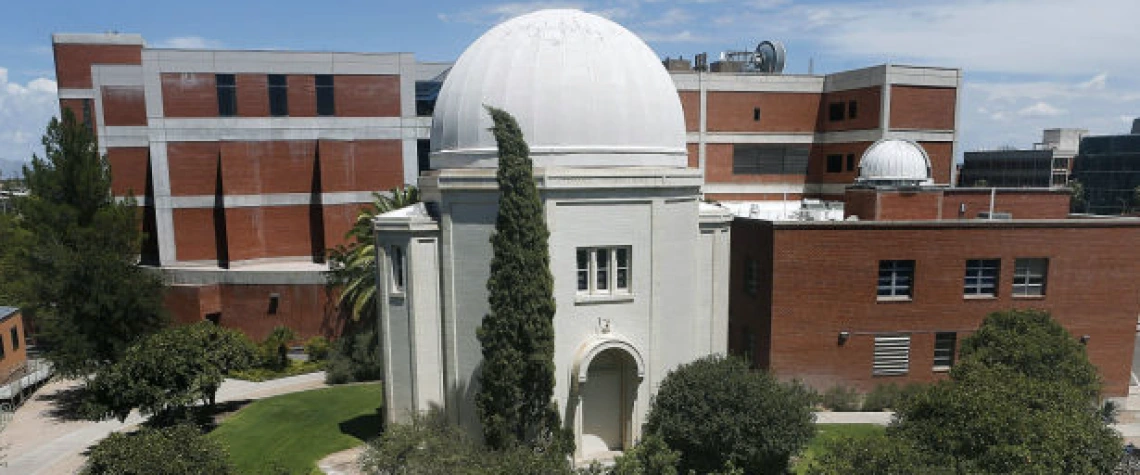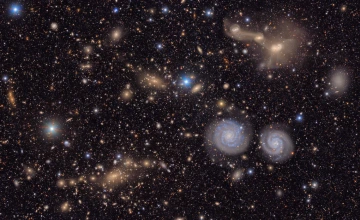Honey, Hardware, and the Heart of Steward Observatory

What does it take to power one of the most advanced astronomical observatories in the world? For Kiriaki Xiluri-Lauria, head of IT at Steward Observatory, the answer lies in teamwork, trust, and a centuries-old symbol of collaboration. With support centers and server rooms located on campus, in the Richard F. Caris Mirror Lab beneath Arizona Stadium, at Tech Parks Arizona at Rita Ranch, the Drake Building and in remote locations like Mount Graham and Mount Bigelow, Mount Lemmon, Kitt Peak, Mount Hopkins, Steward Observatory’s IT landscape is nothing short of extraordinary.
"We support around 500 people across many locations, and each one comes with different infrastructure, expectations, and demands," Kiriaki said during our conversation. "There is no one-size-fits-all."
She offers a humbling view of her work. Despite overseeing servers, data storage, backups, and critical research infrastructure, Kiriaki is quick to say she doesn't do it alone. Her philosophy is beautifully symbolized in the avatar she uses: an image of the Honeybees of Malia, a Minoan pendant from 1800 BC. The pendant shows two bees building a shared hive, honey dripping from their creation.
"This is what collaboration means to me," she explained. "It takes many of us working together to create something stable and good that nourishes the next generations. I rely on others, and they rely on me. We are each responsible for parts of the hive, and together we make the honey."

First photo of the universe captured by the more than 27-foot diameter mirror cast in the Mirror Lab, now at the Vera C. Rubin Observatory in Chile
From the High-Performance Computing (HPC) team to the Network Operations and Communications and Collaborations Teams and Cybersecurity and Bluecat groups at University Information Technology Services (UITS), Kiriaki emphasized how none of Steward's complex systems could function without this deep interdependence. A tight-knit, distributed tech ecosystem powers every stage of research, including mirror casting for the Giant Magellan Telescope and innovation in space-instrumentation at the Drake Building.
"Even the air conditioning that keeps the servers cool plays a role," she said with a smile. "No one person can do it all."
Her perspective is especially powerful in today’s evolving technology landscape, where collaboration, trust, and shared responsibility play an increasingly vital role in delivering impactful, university-wide IT support. "Now is the time," she said, "to make each other feel supported. To say, 'I've got your back.'"
Kiriaki’s own background as an astronomer gives her a deep understanding of the science she supports. But it’s her humility, her belief in teamwork, and her reverence for the interconnected systems and people who sustain Steward Observatory that truly stand out.
"At the end of the day, the honey is the science," she said. "And the hive only works when we build it together and stay together."
This is the essence of technology at Steward Observatory: not just power, innovation and precision, but connection, care, and collaboration. A shared hive, with room for each and every one.

